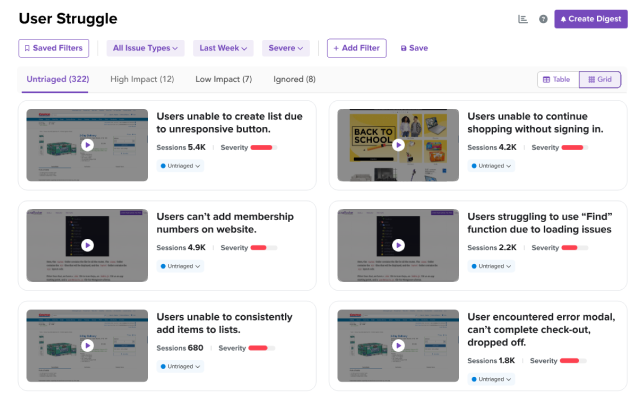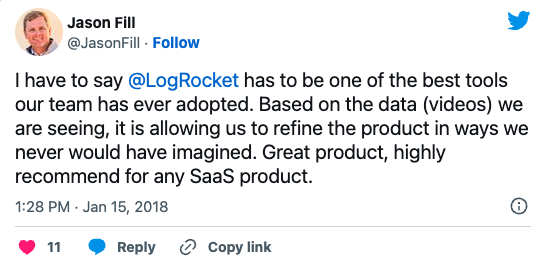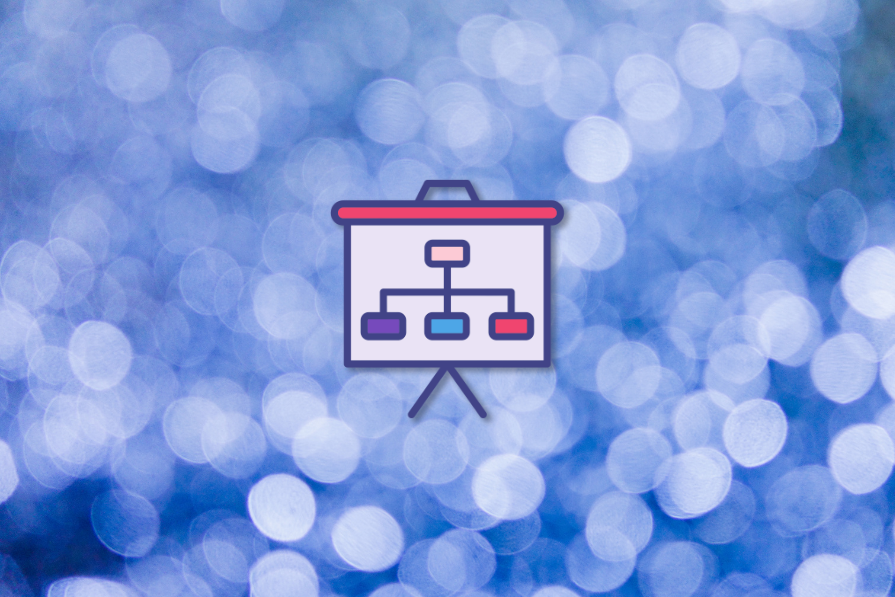

Bart Krawczyk Learning how to build beautiful products without burning myself out (again). Writing about what I discovered along the way.
Table of contents
LogRocket’s Galileo AI watches every session, surfacing impactful user struggle and key behavior patterns.
For product managers, continuous improvement is the name of the game. The ability to examine processes, identify inefficiencies, and devise strategies to bridge gaps is what sets you apart. One powerful tool that assists in this quest for excellence is the gap analysis.

A gap analysis allows you to take a step back, understand your current situation, envision where you want to be, and strategize on the best path to get there. In this guide, we’ll demonstrate how to conduct a gap analysis step by step and provide a tailor-made template to help you get started.
A gap analysis is a strategic planning tool that helps organizations identify discrepancies between their current performance and their desired or potential performance. This comprehensive assessment allows companies to understand their current situation, define their future goals, and understand what actions need to be taken to reach those goals.
A gap analysis is commonly used across various domains including project management, product development, process improvement, human resource management, and strategic planning.
In its simplest form, a gap analysis assesses:
You can then use this analysis to prioritize where you want to focus next, identify potential actions, and plan specific next steps.
A gap analysis can be a versatile tool with applicability in a variety of domains within an organization. Depending on the context, it can be customized to evaluate different aspects of performance, processes, or strategy. This ability to be tailored to various needs and situations is one of the reasons why gap analysis is such a crucial component in the toolkit of managers, strategists, and executives.
The following are some common types of gap analysis that offer a snapshot into the breadth and depth of this tool:
The process to conduct a gap analysis exercise consists of identifying five core elements:
Start with identifying key areas you want to investigate and improve on.
If you are doing the gap analysis for the first time, I recommend identifying roughly five to ten potential areas. Fewer than five leads to tunnel vision and makes it easy to miss the biggest opportunities, while more than ten might be overwhelming at first.
There are two approaches to identifying an ideal state. You can either:
Choose the approach that motivates you the most.
Next, assess how the area looks like at the current moment. Be brutally honest with yourself.

![]()
Learn more →
For example, say you are assessing team documentation. If it’s virtually nonexistent, then write it down as nonexistent.
Don’t go into too much detail. Start small, and expand over time if you need to.
Now, identify the difference between the ideal and current state. If you can measure your ideal and current state quantitatively, then the gap is simply the difference between both values.
More often than not, it’s hard to quantitatively measure the gap. In these cases, it’s OK to just add a qualitative description. Just don’t go overboard; focus on the two or three most significant differences between the states.
The last step is to ideate potential improvements you can implement to close the gap, or at least make the gap smaller.
Invite people that might benefit from closing these gaps and ideate potential solutions. Then, prioritize the one to three most promising improvements.
Next comes the hard part: actually implementing these improvements and reassessing the gaps over time.
To help you get started, we’ve provided a template to streamline your gap analysis process. You can access this gap analysis template in Google Sheets:

Note: Be sure to create a copy by selecting File > Make a copy from the menu above the spreadsheet.
The gap analysis template consists of eight elements:
Gap analysis can help you improve by identifying the differences between the ideal and actual state of various areas. You can then plan specific actions to close the gaps over time.
This exercise can be used as a:
As a product manager, I sometimes use gap analysis for:
If you are doing a gap analysis for the first time, the key is to start broad and get more specific over time.
LogRocket identifies friction points in the user experience so you can make informed decisions about product and design changes that must happen to hit your goals.
With LogRocket, you can understand the scope of the issues affecting your product and prioritize the changes that need to be made. LogRocket simplifies workflows by allowing Engineering, Product, UX, and Design teams to work from the same data as you, eliminating any confusion about what needs to be done.
Get your teams on the same page — try LogRocket today.



Product management and product marketing both contribute to the success of a product in their own capacity.
Sep 11, 2024 ⋅ 3 min read
Ravit Danino talks about how knowing where customers are aiming helps you better frame the discussion around your roadmap.
Sep 11, 2024 ⋅ 6 min read
Microservices architecture transforms how we build applications, but what does that mean for a product manager? In this blog, I talk about why mastering microservices is essential for modern product management.
Sep 10, 2024 ⋅ 2 min read
Erica Randerson, Vice President of Ecommerce at Edible, talks about how Edible Brands has evolved pricing, delivery, and customization.